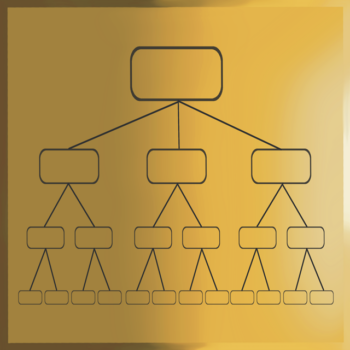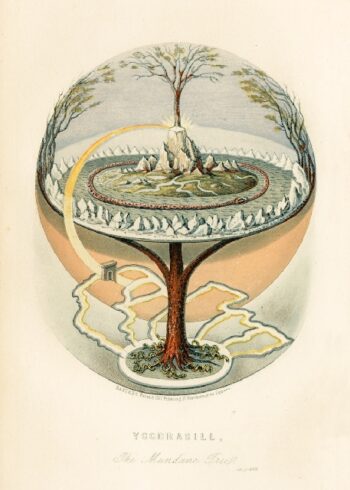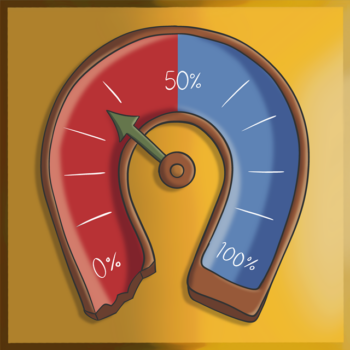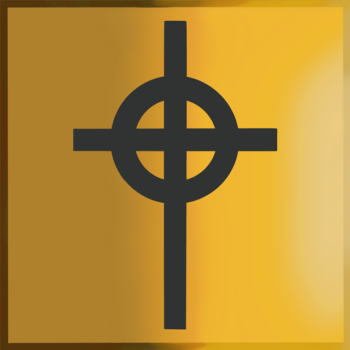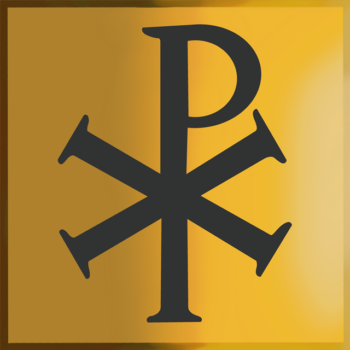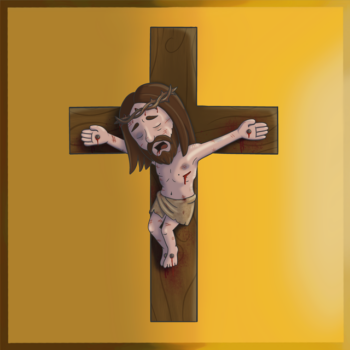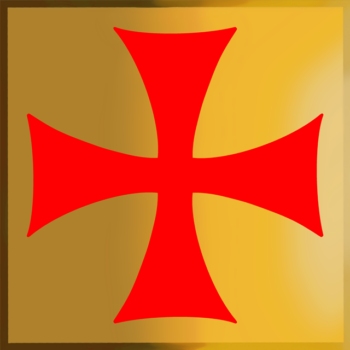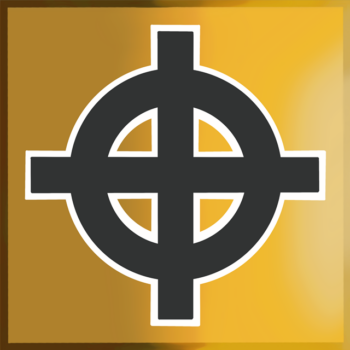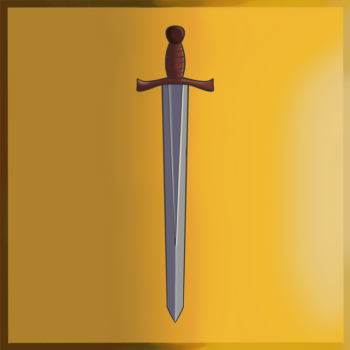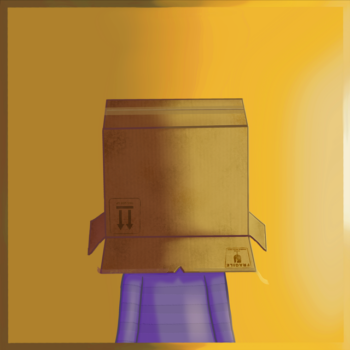Welcome
This website is dedicated to demonstrating an extraordinary claim: the world system is a conspiracy driven by a language scam perpetuated by religion.
The demonstration consists of examples of what people are taught, how what people are taught is actually fraudulent, and the results of people’s thoughts and actions due to their belief in these frauds.
Before navigating the website, click to read the “Warnings!” article.
Use this website as a reference for symbolism by navigating the menu or using the search bar. New visitors should start by scrolling down the homepage to “Suggested Articles” and selecting an article. Feel free to explore further but return to “Suggested Articles” for a better understanding of how the site works. If you see underlined text, you can always click it to be taken to the specific article.
Suggested Articles:
Eye
Definition: The “eye” is a complex sensory organ responsible for vision. It detects light and converts it into electrochemical signals, which are then processed by the brain to produce images….
Eye of Deception
Definition: The “Eye of Deception” is a symbolic representation that what is being observed or conveyed is false or misleading. It serves as a warning or indication that what is…
Herd Mentality
Definition: “Herd mentality,” also known as “sheep mentality,” “mob mentality,” “pack mentality,” or “group behavior,” refers to a behavior where individuals follow the actions of the crowd or group without exercising…
Web of Language
Description: Religion works like a network in the brain. At the center of the web is the concept of God’s existence. In every cross of the web around the word…
Symbolism
Definition: A “symbol” is a pattern with an association. Etymology: The word “symbol” traces its origins back to the Greek word “symbolon,” which referred to a token or sign of…
Hierarchy
Definition: “Hierarchy” is a structure that categorizes units or individuals based on relative levels of authority, power, or importance. Etymology: The word “hierarchy” originates from the Greek word “hierarkhia,” composed…
Capitalism (The Global Monetary System)
Definition: “Capitalism” is a belief that ownership exists and how it can be improved. Capitalism is most commonly defined as an economic system characterized by private ownership of the means…
Illuminati
Definition: “Illuminati” refers to individuals who understand how language, religion, and the world system are scams. Etymology: The term “Illuminati” originates from Latin and means “the enlightened.” It is derived…
Tower of Babel
Pieter Bruegel the Elder: The Tower of Babel (1563). Lucas van Valckenborch: Tower of Babel (1594). Gustave Doré: The Confusion of Tongues. Definition: The “Tower of Babel,” also known as…
Love
Definition: The word “love” is a label for a complex and multifaceted emotion, encompassing feelings of deep affection, attachment, care, and compassion for someone, something or some idea. It comes…
Word
Definition: A “word” is a symbol that consists of a combination of letters with matching sounds, and symbolizes a meaning which can be used to construct sentences. Etymology: The word…
The World Tree
Oluf Olufsen Bagge – Yggdrasil, The Mundane Tree (1847). “The World Tree” is illustrated as a massive tree holding up the world with its three branches. The world is inside…
Latest Articles:
Epistemology
Definition: “Epistemology” is the branch of science concerned with the methods of determining what is true and what is not. It investigates how we come to understand reality, the reliability…
Knowledge
Definition: “To know” is to be 100% certain that something is accurate by having proof. Etymology: The word “knowledge” derives from Middle English “knouleche,” from the verb “knowlechen,” which means…
Political Horseshoe
Definition: The “political horseshoe” is a model used to illustrate the political spectrum from between the left, center, and right. Etymology: The term originates from 20th-century political discourse, most notably…
Science
Definition: “Science” is a structured and methodical approach to acquiring knowledge, using observation, experimentation, and reasoning to understand, explain, and predict phenomena—whether in the natural world (as in physics or…
Christian Cross
Definition: The “Christian cross,” also known as the “Latin cross,” is a symbol of Christianity, representing the crucifixion of Jesus Christ and His resurrection. Etymology: The word “cross” comes from…
Celtic Cross
Definition: The “Celtic cross” is a form of Christian cross featuring a traditional cross with a nimbus or ring surrounding the intersection. It is distinct for its combination of a…
Chi Rho
Definition: “Chi Rho” is one of the earliest forms of christogram, formed by superimposing the first two Greek letters of the word “ΧΡΙΣΤΟΣ” (Christos)—chi (Χ) and rho (Ρ). It serves…
Crucifix
Definition: A “crucifix” is a cross that bears the representation of Jesus Christ’s body, known as the corpus. Etymology: The word “crucifix” comes from the Latin “crucifixus,” meaning “one fixed…
Greek Cross
Definition: The “Greek Cross” is a type of cross with four arms of equal length, intersecting at right angles. Etymology: The term “Greek Cross” originates from its prominent use in…
Jerusalem Cross
Definition: The “Jerusalem Cross,” also known as the “Crusader’s Cross,” is a Christian symbol consisting of a large cross potent (a cross with crossbars at the ends) surrounded by four…
Orthodox Cross
Definition: The “Orthodox cross,” often referred to as the “Russian Orthodox cross,” is a distinct Christian cross associated particularly with the Eastern Orthodox Church. Etymology: The term “Orthodox” comes from…
Patriarchal Cross
Definition: The “Patriarchal cross” is a variant of the Christian cross featuring two horizontal crossbars, with the upper one shorter than the lower one. Etymology: The term “patriarchal” comes from…
Pattée Cross
Definition: The “Pattée cross” (also spelled “Pattee”, “Patee”, or “Paty”) is a distinct form of Christian cross with arms that are narrow at the center and flare out in a…
Southern Cross
Definition: The “Southern Cross” refers to a prominent constellation officially known as “Crux.” It is visible in the southern hemisphere and is composed of five stars that form a cross-like…
Tau Cross
Definition: The “Tau Cross” is a T-shaped cross, resembling the Greek letter tau (Τ or τ). Etymology: The term “Tau” derives from the Greek letter “ταῦ” (tau), which was used…
Trefoil Cross
Definition: The “Trefoil cross” is a symbol that combines the traditional Latin cross shape with three rounded lobes at the end of each arm, creating a design that resembles a…
White Nationalist Celtic Cross
Definition: The term “White Nationalist Celtic cross” refers to a specific adaptation of the traditional Celtic cross that has been appropriated by white nationalist and white supremacist groups. Etymology: The…
Sword
Definition: A “sword” is a bladed weapon used primarily for cutting or thrusting. Typically, it consists of a long metal blade attached to a hilt with a guard. Etymology: The…
Eye and Archery Bow
Definition: The “eye and archery bow” is a symbol that consists of a single eye and an archery bow. Etymology: “Eye” comes from Old English “ēage,” Proto-Germanic “augon,” Proto-Indo-European “okʷ-”…
Paragliding
Definition: “Paragliding” is a recreational and competitive adventure sport where a person flies a lightweight, free-flying, foot-launched glider aircraft with no rigid primary structure. The pilot sits in a harness…
Eye and Smile
Definition: The “eye and smile” is a symbol that consists of a single eye and a smile. Etymology: The English word “eye” comes from the Old English “ēage”, which is…
Surfing
Definition: “Surfing” refers to the sport or activity of riding on the forward or deep face of a moving wave, usually on a surfboard. It is often done in the…
Tefillin
Definition: “Tefillin” are small black leather boxes containing Hebrew scriptures, worn by observant Jewish men during weekday morning prayers. One box is bound to the forehead, and the other to…
Box of Shame
Definition: A “box of shame” is a metaphorical and visual representation of shame, embarrassment, or a desire to hide from judgment, usually by wearing a cardboard box over one‘s head…
Black Cube
Definition: A “black cube” is a three-dimensional geometric shape with six equal square faces, uniformly colored black. A cube being black primarily serves as a symbol. Etymology: The word “cube”…


